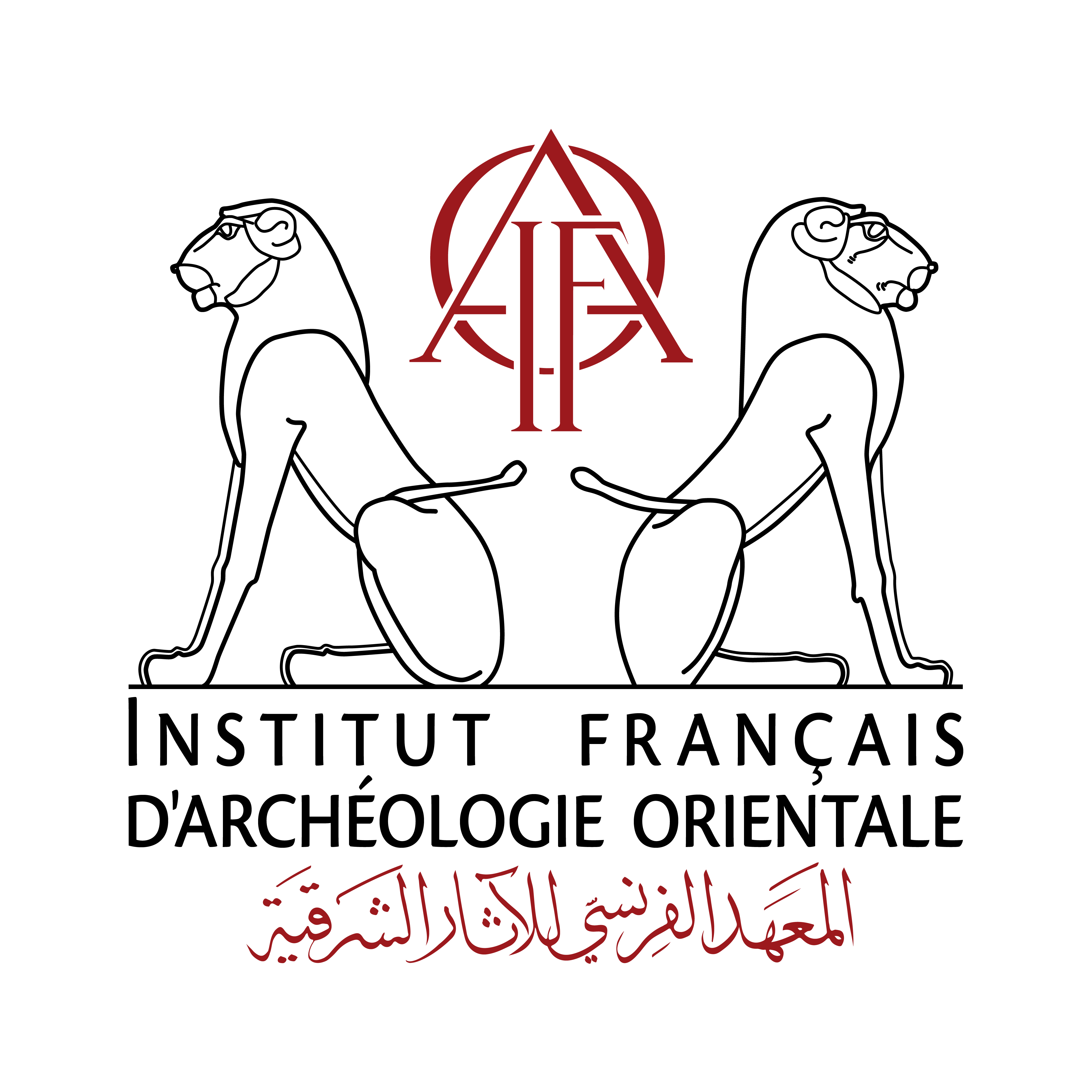On ways to own an animal. Hindrance, exploitation, reification in human/non-human relationships in the Egyptian Predynastic Period (c. 3800-3100 BCE)
Des façons de s’approprier un animal. Entrave, instrumentalisation, réification dans les relations humains/non-humains au Prédynastique égyptien (c. 3800-3100 av. J.-C.)
Résumé
Abstract:
While the vast majority of images from fourth millennium Egypt refers to hunting, there are also clay figurines which several details characterize as domestic bovids. Conversely, the dog is always represented with accessories which emphasize its domestic status (collars, bells) but it is also compared conceptually and morphologically with wild carnivores – insisting on its nature as a predator, and hereby placing its ferocity at the service of the human. And what of the “roped” animals, including species that cannot have been targeted by any real attempts at domestication? Should we rather interpret them as representing a temporary capture, reflecting practices which are now well attested archaeologically through the animal burials in the elite cemetery of Hierakonpolis? Building on these various case studies and confronting representations and practices reconstructed from the zooarchaeological record, we will propose a general reflection on the porosity of the boundary between “wild”
and “domestic”.
Résumé :
Bien que la quasi-totalité de l’iconographie dans l’Égypte du IVe millénaire fasse référence à des activités cynégétiques, il existe des figurines que divers détails paraissent caractériser comme des bovins domestiques. De son côté, le chien, bien que toujours affublé d’accessoires signifiant son caractère domestique (colliers, clochettes), est aussi rapproché conceptuellement et morphologiquement des carnivores sauvages, insistant sur sa nature de prédateur, qui met sa sauvagerie au service de l’humain. Et que faire des animaux figurés « au bout d’une longe », y compris des taxons qui ne peuvent pas avoir fait l’objet de réelles tentatives de domestication ? Faut-il y voir une capture temporaire, reflet de pratiques désormais attestées par la « ménagerie » du cimetière d’élites d’Hiérakonpolis ? À partir de ces études de cas, confrontant représentations et pratiques restituées par l’archéozoologie, nous proposerons une réflexion générale sur la porosité de la frontière entre « sauvage » et « domestique ».
| Origine | Fichiers éditeurs autorisés sur une archive ouverte |
|---|

